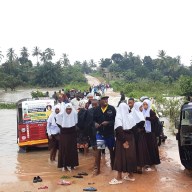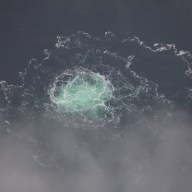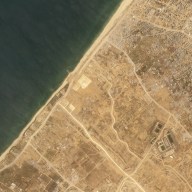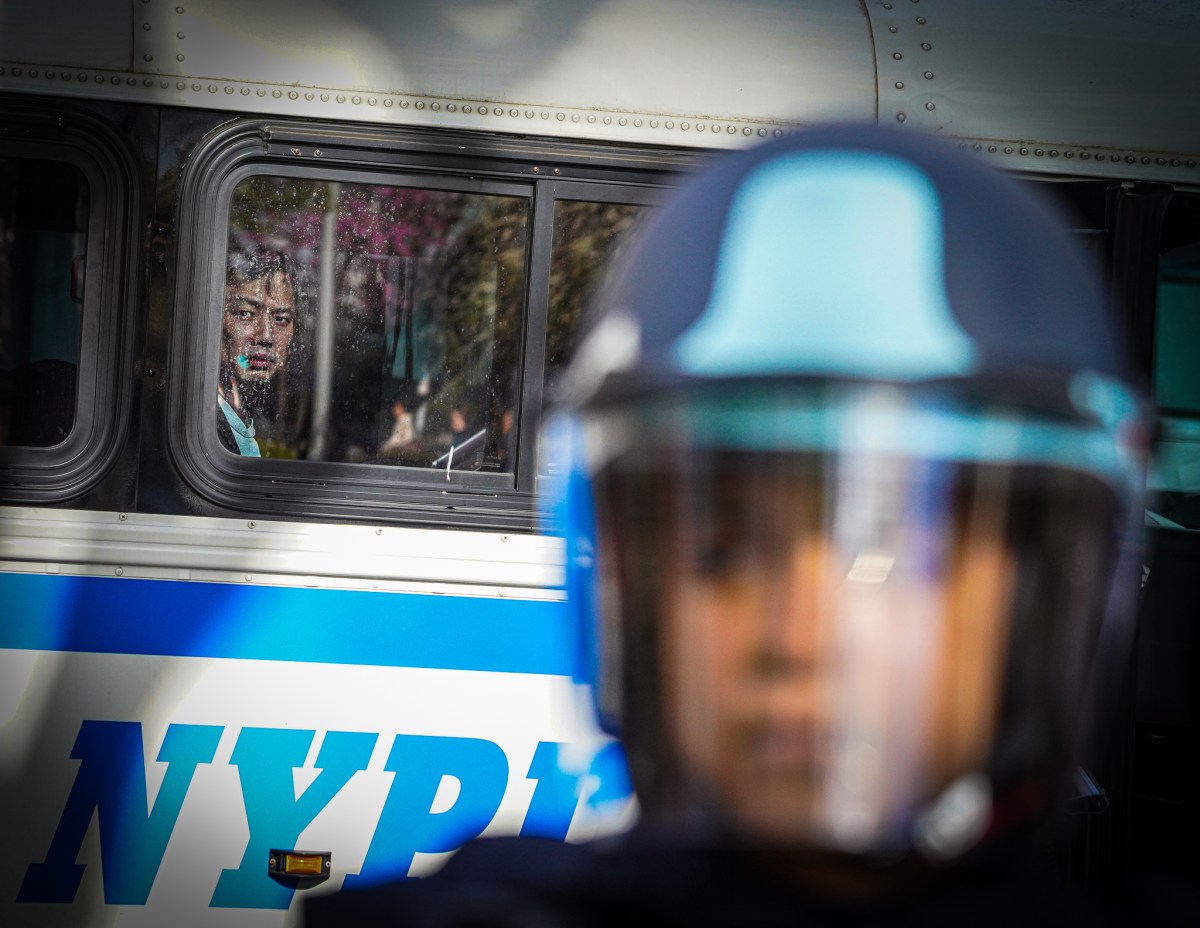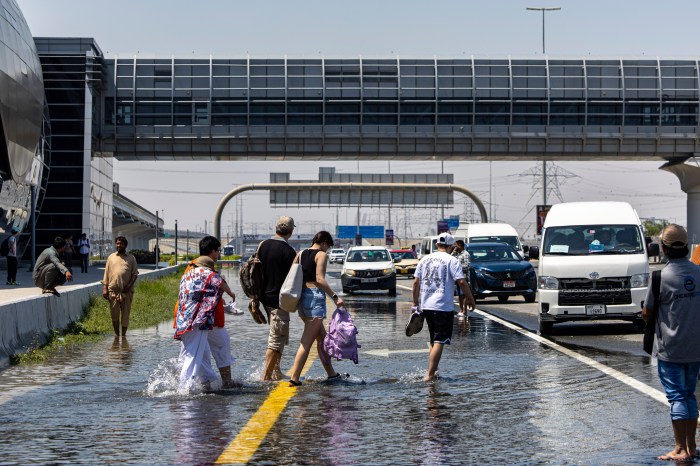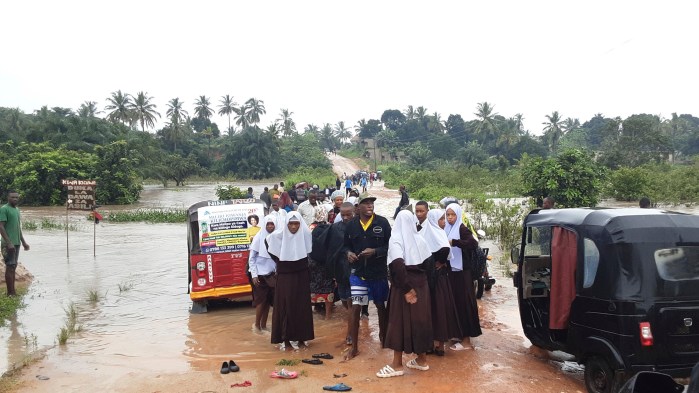UTAPAO AIR BASE, Thailand – Flying into Yangon, U.S. marine Cpl. Bryan Hampson looked out the windows of his C-130 cargo plane at an expanse of marshland covered with a thick, brown blanket of water.
As the plane broke through the clouds, the crew members didn’t know what to expect. His flight Tuesday was only the second one that Myanmar’s military junta – often hostile and suspicious of outside interference – had allowed the U.S. military to fly into the cyclone-devastated country.
What awaited was virtually a hero’s welcome.
“They kept telling us thank you and shaking our hands,” he said of the 40 Myanmar people who unloaded by hand the 9,000 kilograms of emergency supplies on board. “They were really friendly toward us. They were excited to see us.”
After strong appeals from Washington, Myanmar allowed the second and third U.S. military flights in on Tuesday and appeared to be willing to accept more, said marine Lt.-Col. Douglas Powell.
Powell said the first flight Tuesday carried blankets, water and mosquito nets. The second took in an 11,200-kilogram load. The two flights came after Myanmar allowed a U.S. air force C-130 cargo plane into Yangon, its main city, on Monday.
“They were very polite, very professional,” Capt. Mark Hamilton, the pilot of Tuesday’s first flight, said of the Myanmar officials who met the plane.
A Myanmar air force officer even came aboard the plane and took snapshots of the cockpit, he said.
“But the military mostly stood off to the side,” Hamilton added.
He described the Yangon airport as being in good condition. “They could fit quite a few large planes in there,” he said. “The only issue is the offload.”
Powell said a Boeing 747 aircraft arrived at Utapao Airbase in Thailand on Monday night to replenish the supplies available to fly in to Myanmar. Though the flights are military, the aid aboard them is being provided by civilian relief authorities.
The U.S. has pushed hard for the junta to let U.S. troops play a big role in relief operations in the aftermath of the cyclone, which has killed tens of thousands and severely affected an estimated two million people.
The U.S. military, which already has forces in the region for its annual Cobra Gold exercise, has 11,000 troops, at least four ships and potentially dozens of cargo planes nearby that are ready to start assistance operations.
Admiral Timothy Keating, commander of U.S. Pacific Forces, flew into Myanmar on the initial aid flight Monday to try to persuade the junta to relent.
Keating said the U.S. military could provide 90,000 kilograms of supplies a day, which would be a massive boost to the lagging relief efforts. The military could also ferry aid workers to the hardest-hit regions, which remain hard to reach.
But Myanmar state television said navy commander in chief, Rear Admiral Soe Thein told Keating that basic needs of the storm victims are being fulfilled and that “skilful humanitarian workers are not necessary.”
The operation, named Joint Task Force Caring Relief, will not go ahead without the approval of Myanmar’s military rulers, who have so far refused a broad range of help offers because they fear foreign meddling in their domestic affairs.
That stance – as bodies remain scattered around the countryside and hundreds of thousands of refugees are in need of food and shelter – has generated howls of criticism from around the world.
“I wish their government would accept our aid more than they have already,” said Hampson. “We’ll come in and give them the aid they need to help their people, then we’ll leave.”







